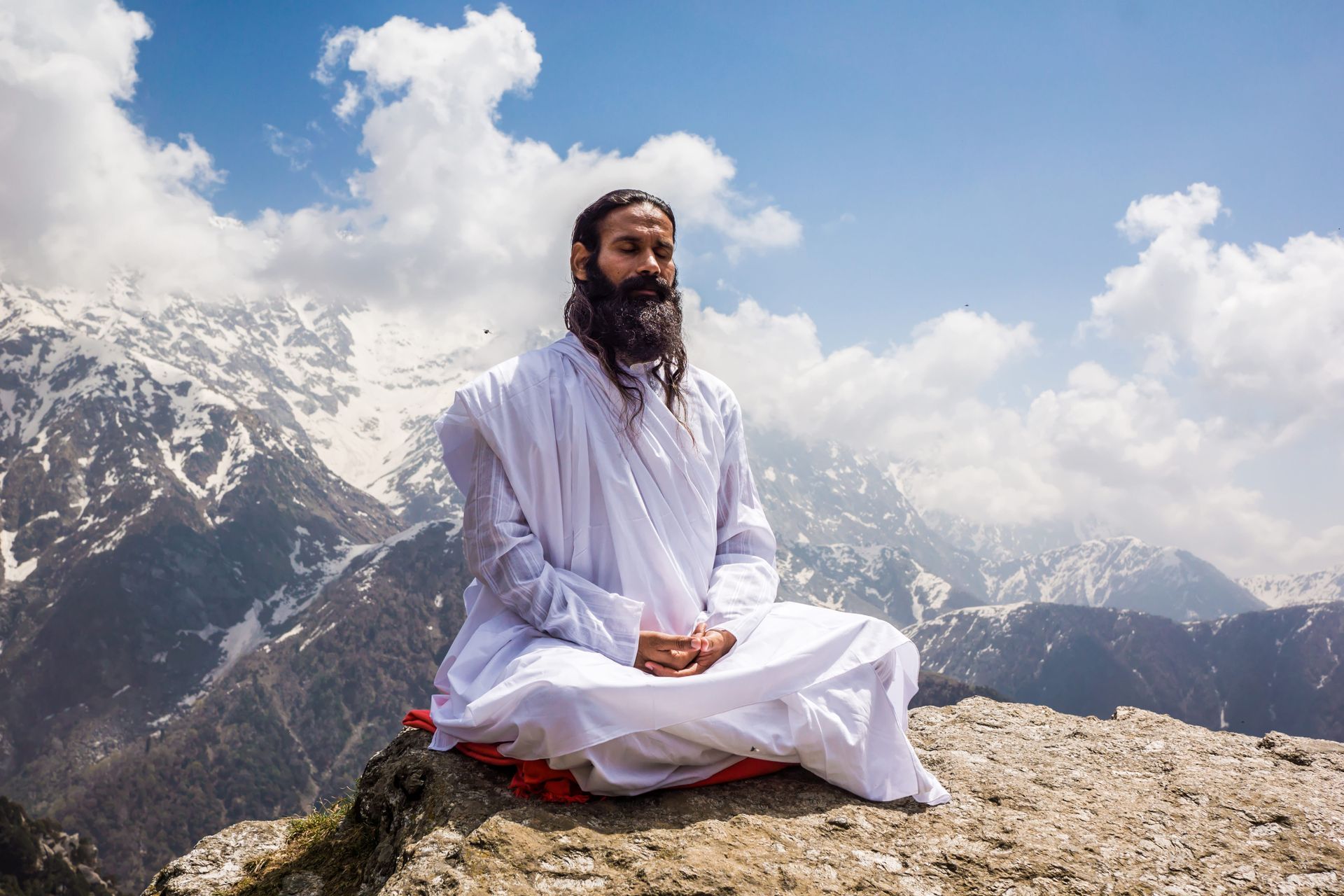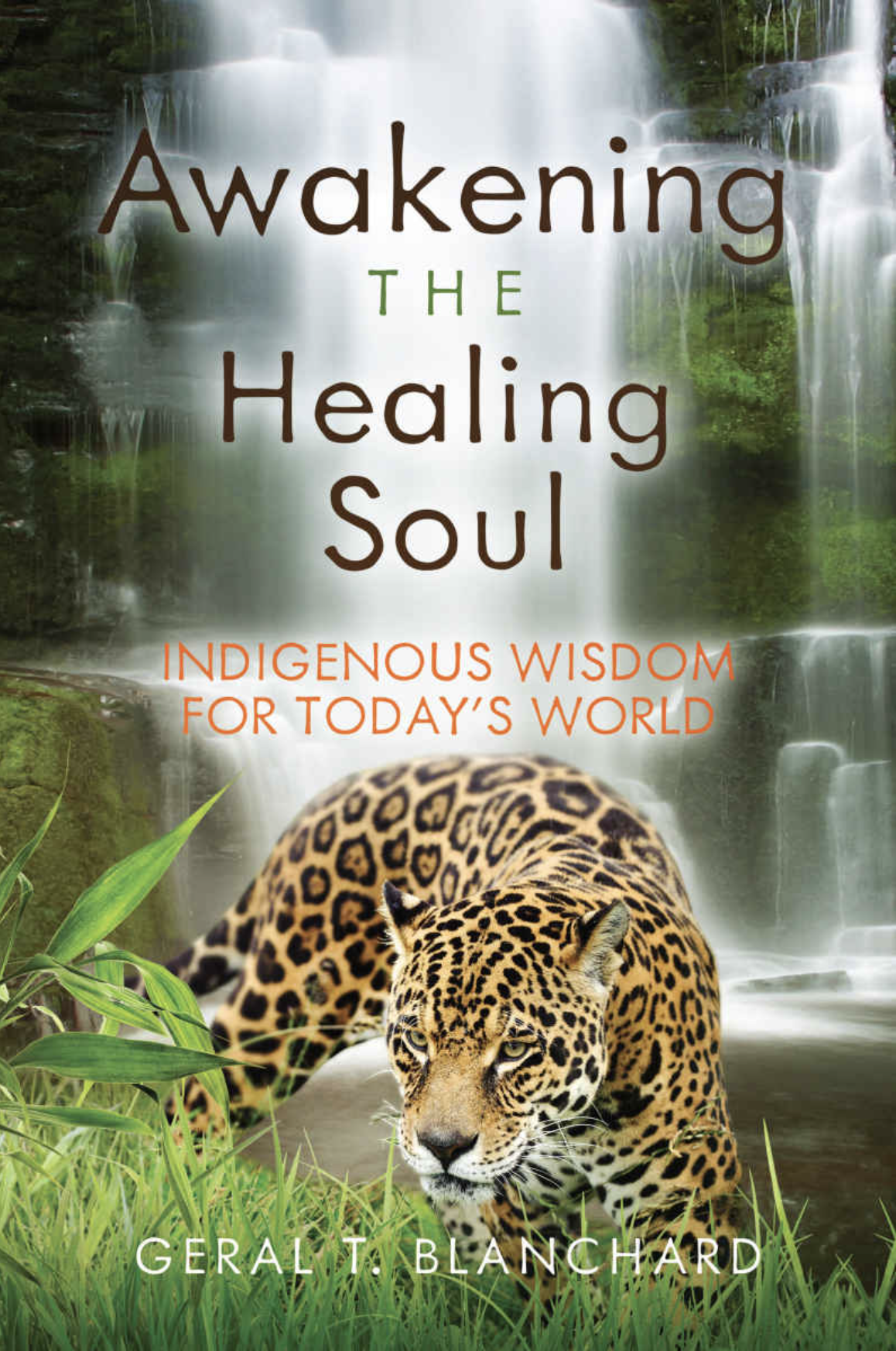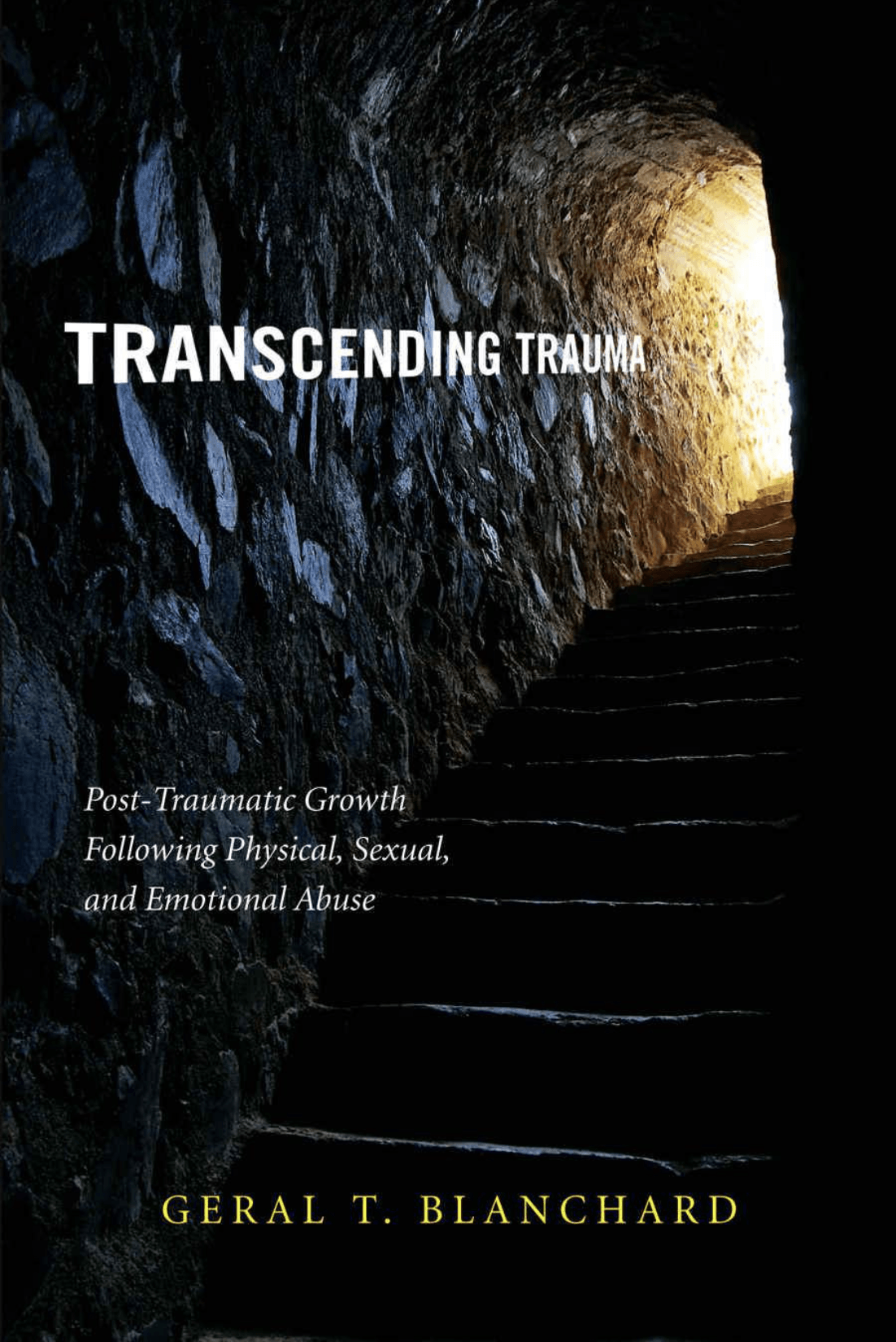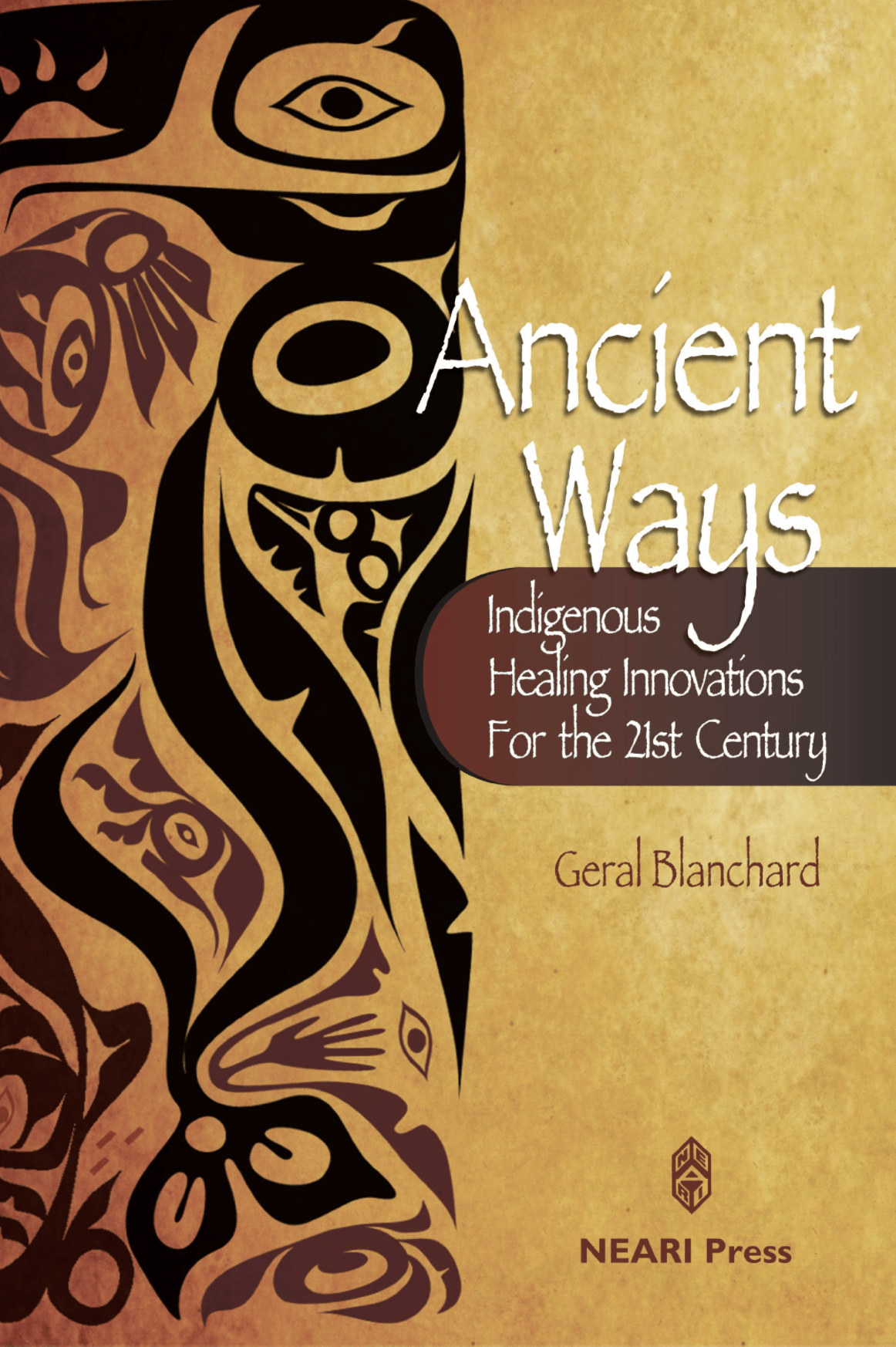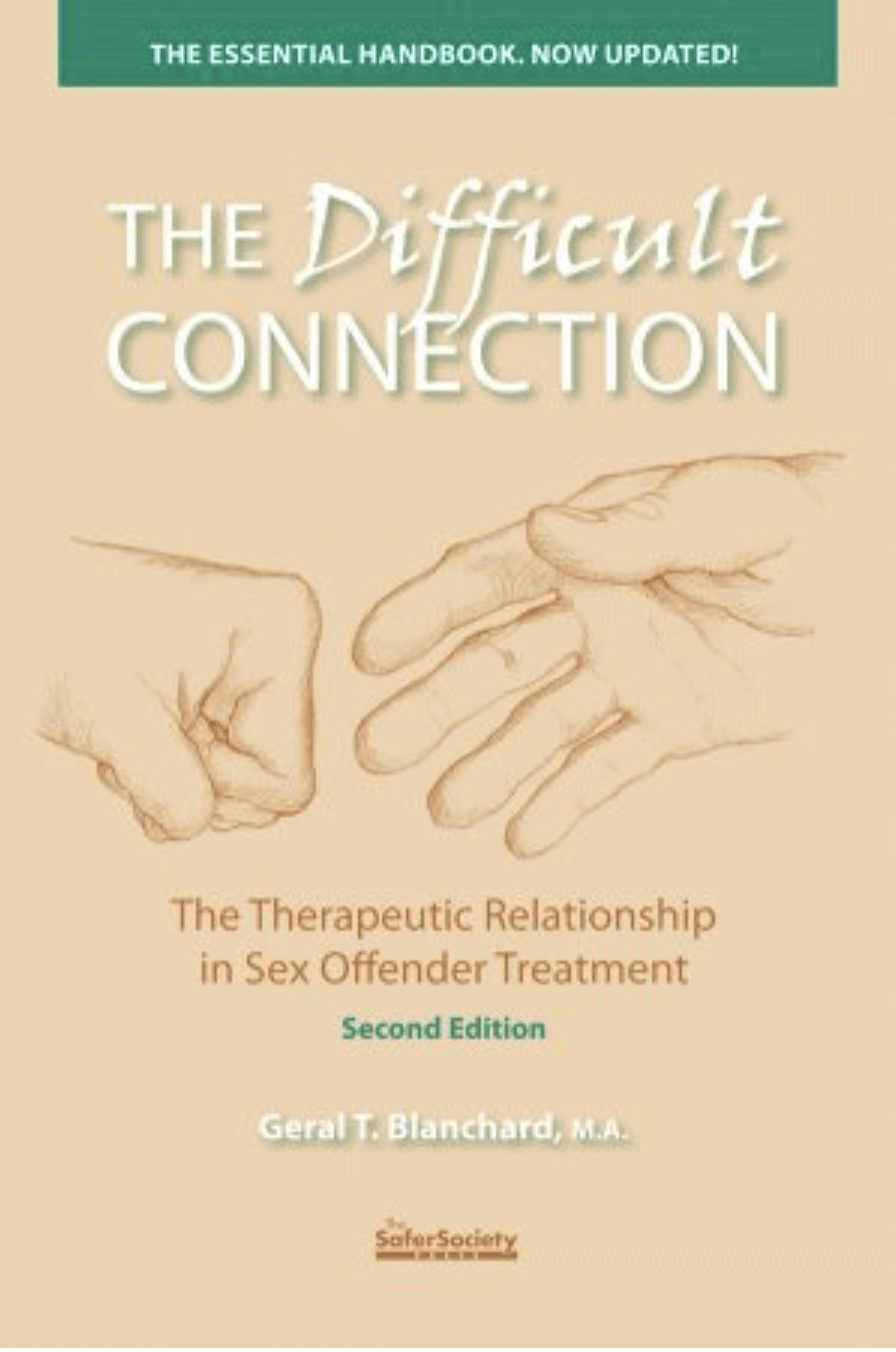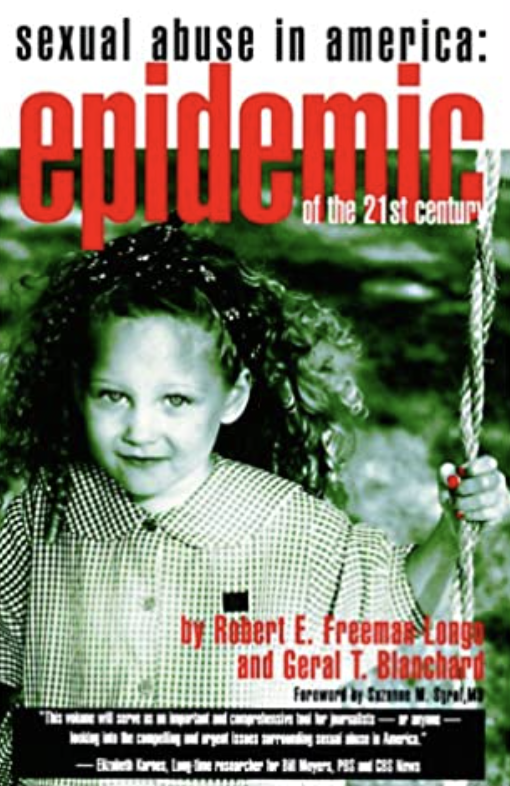Geral Blanchard, LPC, is a psychotherapist who is university trained in psychology and anthropology. Formerly of Wyoming and currently residing in Iowa, Geral travels the world in search of ancient secrets that can augment the art and science of healing. From Western neuroscience to Amazonian shamanism, he has developed an understanding of how to combine old and new healing strategies to optimize recovery, whether from psychological or physical maladies.
MDMA and Evolution
Many great minds have come out of India. Like countless spelling bee champions, Mahatma Gandhi, and Aurobindo Ghose who later took on the name of Sri Aurobindo.
Sri Aurobindo became a highly regarded spiritual teacher and author in the twentieth century. His main insight was that what many humans experience during altered or higher states of consciousness are glimpses of the future of evolution. And, he contended, one day these states of expansion will be normal for the whole human race.
Countless numbers of people are seeking the unity consciousness that MDMA can offer. It can make them feel bigger. And more deeply connected and powerful. Like many billions of tiny ants inching a fourteen-wheeler up a hill, every tiny bit of effort pulls the big rig along. Similarly, each one of the eight billion or so people residing on our planet today may, via a combined assemblage of singular efforts, raise their individual consciousness, while tugging the entire race forward.
Evolution is being expedited these days, because of the power of epigenetics – the modification of gene expression. If consciousness is at the core of “matter,” and if we can change or transcend our current state of consciousness, what might happen to the mind, nature, and form of humans? Could we become more united and more peaceful?
Sri Aurobindo was into what he called “integral yoga,” a spiritual practice. He sought out a yogi for guidance and experienced an awakening while sitting with his instructor. He momentarily felt a state of pure form, formless consciousness during which there was “only just absolutely That – a featureless indescribable, unthinkable, yet supremely real [something].” During the experience there was also an “inexpressible peace, a stupendous silence, an infinity of release and freedom.” And much of this came to him in solitude – in an appalling prison where he was placed in solitary confinement.
Out of his suffering and altered state he did not go insane as many prisoners do. Instead, Sri Aurobindo was met with an “imperturbable poise,” what some would call equanimity – observing without impulsively reacting. The rest of his time in prison he was locked up in a state of bliss, free of many forms of mental confinement. And upon release, he devoted himself to serving humanity – wanting to liberate all human beings from psychological suffering. But most of all, his greatest goal was to help manifest the next stage of human consciousness.
When severe trauma with its intense suffering and deprivations strips people of their earthly attachments and causes them to be attached instead to pain relievers (addictive substances and experiences), extraordinary awakenings can occur.
As research has shown, often out of the most egregious maltreatment and torment victims rise up stronger than before. These “shifters” experience posttraumatic growth (PTG) rather than PTSD. They evolve, moving from survivors to thrivers, and often by their example tug open-minded brethren along with them.
Now we are talking about evolving out of a cultural form of suffering consciousness. Often with the initial “help” of traumas (yes!), followed by a sacred empathogen or entheogen experience, a person can flow with changes by keeping their core consciousness activated. It is a subtle awareness that remains aligned with universal creative rhythms and ascendent forces, the innate gift they entered this world with but lost track of over the years.
As Steve Taylor wrote in The Leap, “The best way to think of naturally wakeful people is to see them as rare ‘evolutionary throw-forwards.’ Wakeful people can be seen as the early representatives of a state of more expansive awareness that will one day become normal to all human beings. They’re early manifestations of the evolutionary leap that our species may be undergoing, and a sign that it’s occurring.”
All things considered, it may be that trauma is not as simple as a guaranteed sign of a person’s demise. It may, if dealt with responsively vs. reactively, be as Taylor wrote, “…an impulse to awaken in an organic way as agents of evolution, helping to intensify the shift that is already underway. Our own self-evolution contributes to the process of evolution itself.”
*********

Other Topics
Basics of MDMA
Rituals and Ceremony
Brain and MDMA
Trauma
Heart
Energy Movement
Quantum Physics
Native Cosmologies
Nature
Spirituality/Enlightenment
Kogi Tribe
Books written by Geral T. Blanchard
Awakening the Healing Soul: Indigenous Wisdom for Today’s World
Shop ⤳Transcending Trauma
Ancient Ethics for Today’s Healers
Shop ⤳Ancient Ways: Indigenous Healing Innovations for the 21st Century
The Difficult Connection: The Therapeutic Relationship in Sex Offender Treatment
Sexual Abuse in America
More Articles

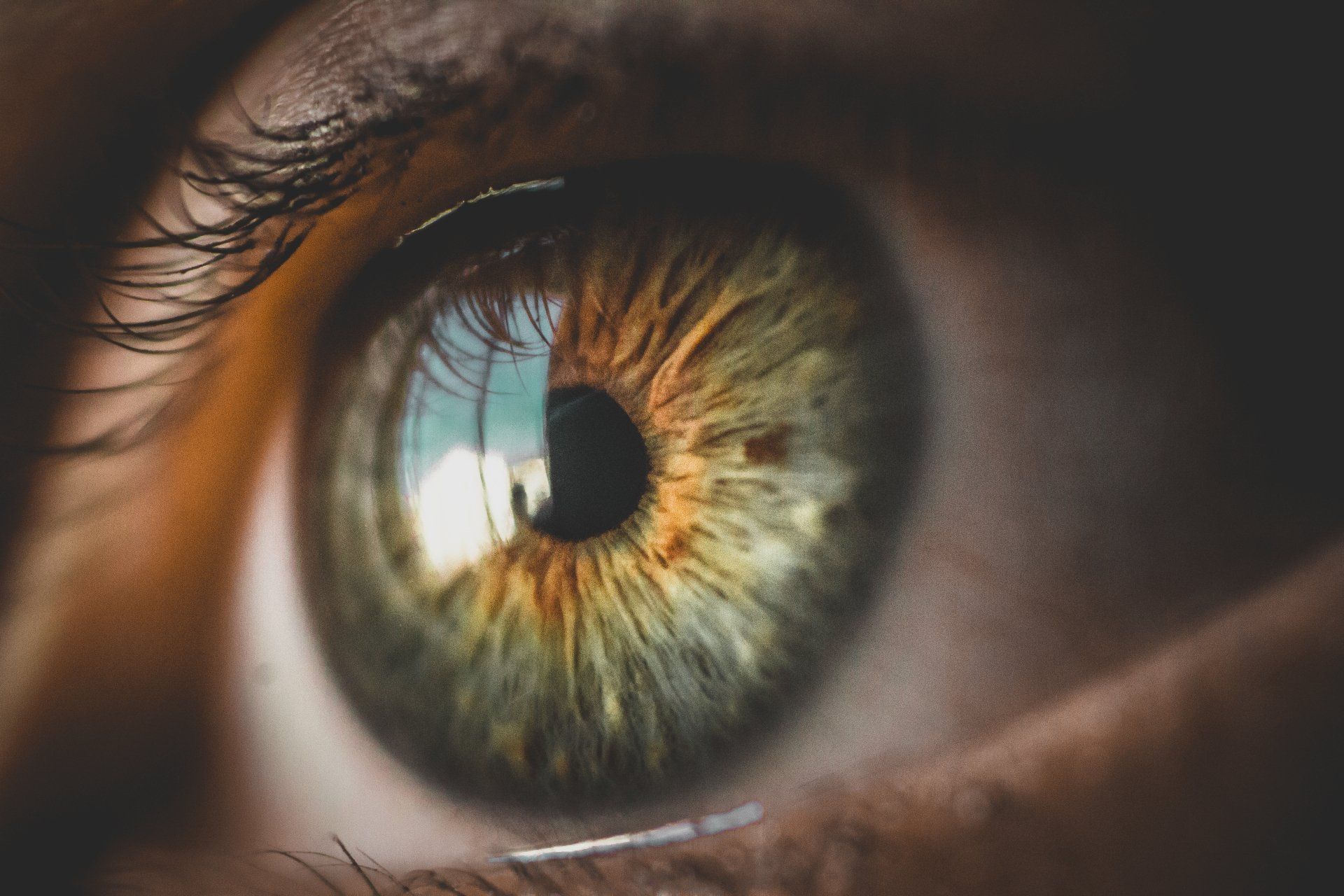







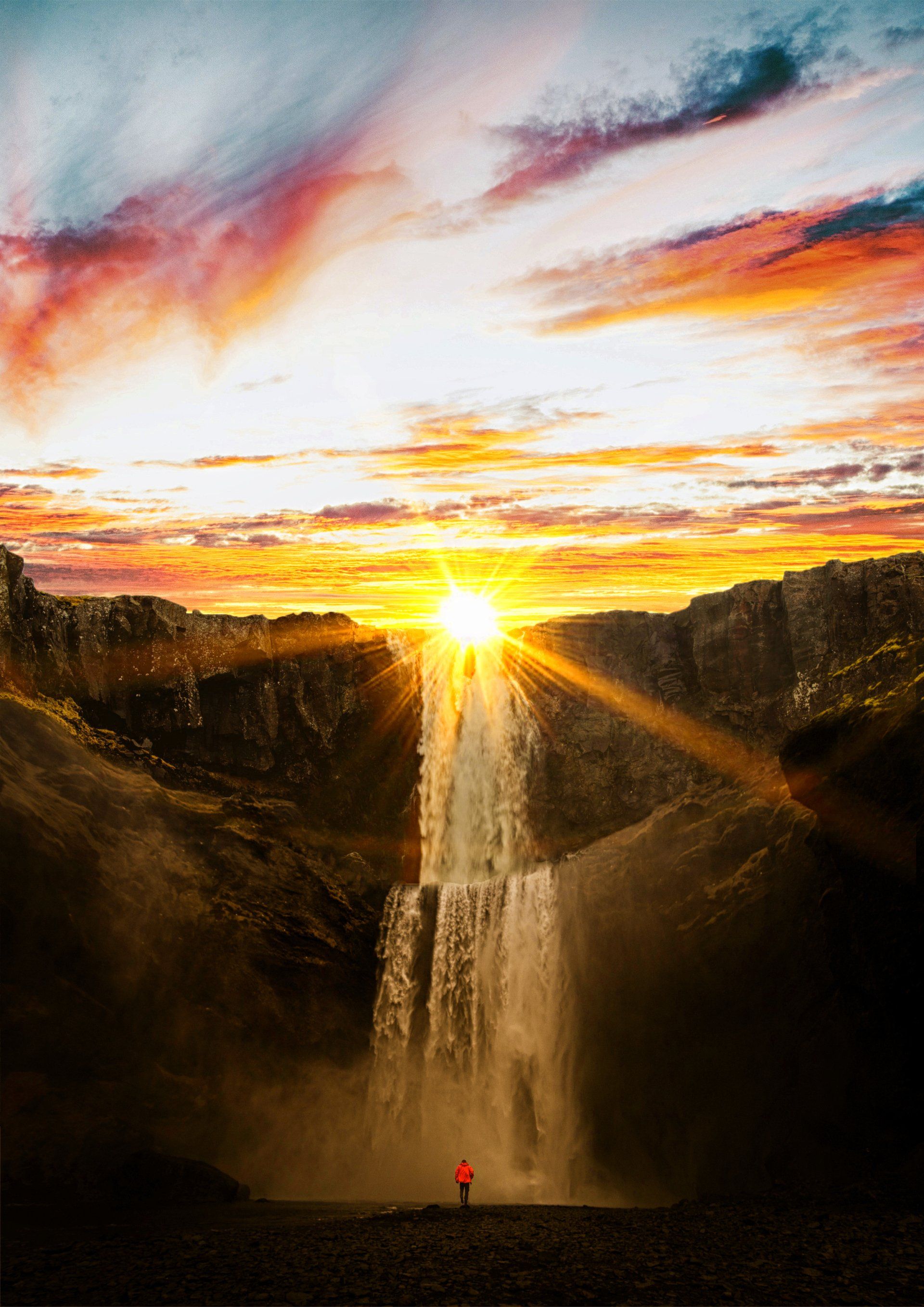
Offerings
Resources
Other
Newsletter
All Rights Reserved | Geral Blanchard


